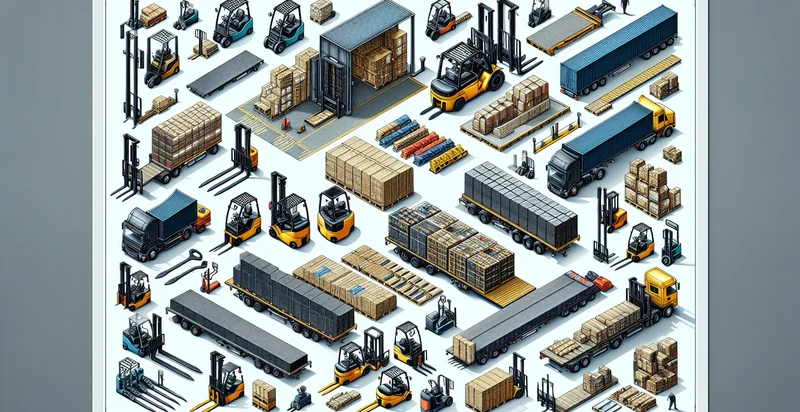Identify unloading equipment types
using AI
Below is a free classifier to identify unloading equipment types. Just upload your image, and our AI will predict the type of unloading equipment it is - in just seconds.

Contact us for API access
Or, use Nyckel to build highly-accurate custom classifiers in just minutes. No PhD required.
Get started
import nyckel
credentials = nyckel.Credentials("YOUR_CLIENT_ID", "YOUR_CLIENT_SECRET")
nyckel.invoke("unloading-equipment-types", "your_image_url", credentials)
fetch('https://www.nyckel.com/v1/functions/unloading-equipment-types/invoke', {
method: 'POST',
headers: {
'Authorization': 'Bearer ' + 'YOUR_BEARER_TOKEN',
'Content-Type': 'application/json',
},
body: JSON.stringify(
{"data": "your_image_url"}
)
})
.then(response => response.json())
.then(data => console.log(data));
curl -X POST \
-H "Content-Type: application/json" \
-H "Authorization: Bearer YOUR_BEARER_TOKEN" \
-d '{"data": "your_image_url"}' \
https://www.nyckel.com/v1/functions/unloading-equipment-types/invoke
How this classifier works
To start, upload your image. Our AI tool will then predict the type of unloading equipment it is.
This pretrained image model uses a Nyckel-created dataset and has 25 labels, including Agricultural Loader, Articulated Truck, Backhoe Loader, Bulk Handler, Container Handler, Conveyor Belt, Crane, Dump Truck, Elevator and Excavator.
We'll also show a confidence score (the higher the number, the more confident the AI model is around the type of unloading equipment it is).
Whether you're just curious or building unloading equipment types detection into your application, we hope our classifier proves helpful.
Related Classifiers
Need to identify unloading equipment types at scale?
Get API or Zapier access to this classifier for free. It's perfect for:
- Equipment Inventory Management: The false image classification function can help businesses maintain an accurate inventory by identifying and categorizing different unloading equipment types. This automated process minimizes human error and enhances efficiency in asset tracking and utilization reporting.
- Operational Safety Monitoring: By accurately identifying unloading equipment types, companies can monitor their usage in real-time, ensuring that only the appropriate equipment is in operation for specific tasks. This capability reduces the potential for accidents caused by mismatched equipment and improves overall workplace safety.
- Maintenance Scheduling: The function can assist in predicting maintenance needs by classifying equipment types and assessing their usage patterns. This proactive approach enables businesses to schedule maintenance before equipment failures occur, resulting in reduced downtime and operational disruptions.
- Training and Compliance: Companies can use the false image classification function to ensure that staff are properly trained on the correct usage of different unloading equipment types. By identifying equipment in training scenarios, organizations can enhance compliance with safety regulations and improve employee skillsets.
- Load Optimization: The identifier can help in optimally allocating tasks to suitable unloading equipment based on their classifications. This ensures that the right type of equipment is used for each job, improving efficiency and reducing costs associated with improper equipment usage.
- Equipment Lifecycle Tracking: By classifying and identifying unloading equipment types, businesses can effectively track their lifecycle stages from acquisition to disposal. This insight supports better decision-making regarding equipment purchases, leasing, and retirement, leading to more sustainable operations.
- Data Analytics and Reporting: The function can generate valuable data regarding the types and frequency of unloading equipment used across various operations. This data can be analyzed to identify trends, improve operational strategies, and report on equipment performance to stakeholders.


